- Home
- About S&T
- Taxa/Organisms
- Ecosystems
- Issues
- Methods & Tools
- Reports & Publications
- Location
- Search
Publisher: USGS | Science Center: Fort Collins Science Center (FORT, Ft. Collins) | Format: URL
www.fort.usgs.gov — The Policy Analysis and Science Assistance Program (PASA) of the Fort Collins Science Center is dedicated to studying the relationship between humans and the environment. PASA scientists conduct and integrate biological, social, and economic analyses so that resource managers can use the resulting information to make informed decisions and resolve More...

Publisher: USGS | Science Center: Fort Collins Science Center (FORT, Ft. Collins) | Format: URL
www.fort.usgs.gov — Scientists are working on tasks associated with two projects: (1) the Management, Planning, and Policy Evaluation Project, and (2) the Development of Adaptive Land Management Models and Practices projects. PASA scientists pursue and conduct scientific analyses that help agencies and Native American tribes to: identify impending policy More...

Publisher: USGS | Science Center: Fort Collins Science Center (FORT, Ft. Collins) | Format: URL
www.fort.usgs.gov — A Human-Dimensions Review of Human-Wildlife Disturbance: A Literature Review of Impacts, Frameworks, and Management Solutions The following report was prepared for the U.S. Fish and Wildlife Service National Refuge System in support of their Comprehensive Conservation Planning (CCP) efforts by the Policy Analysis and Science Assistance Branch More...

Publisher: USGS | Science Center: Western Ecological Research Center (WERC, Sacramento) | Format: URL
www.werc.usgs.gov — Pinon-juniper woodlands have expanded beyond their historical range in the western United States, due partly to land management practices such as fire suppression that began with settlements of the region in the late 1880s. This woodland expansion has replaced sagebrush steppe vegetation, leading to decreased wildlife habitat, soil seedbanks, and More...

Publisher: USGS | Science Center: Fort Collins Science Center (FORT, Ft. Collins) | Format: URL
www.fort.usgs.gov — Because farmers, ranchers, and private forest landowners manage two-thirds of the Nationââ?¬â?¢s land, environmental and conservation goals have become key factors in formulating national agricultural policy. The Conservation Reserve Program (CRP) is the largest environmental program administered by the U.S. Department of Agriculture (USDA), with More...
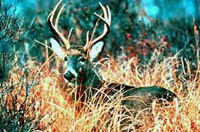
Publisher: USGS | Science Center: Western Ecological Research Center (WERC, Sacramento) | Format: URL
www.werc.usgs.gov — Once an abundant frog throughout much of central and southern California, the California red-legged frog (Rana draytonii) is now rare in the Sierra Nevada foothills and the southern portion of its range. In parts of the central Coast Range, however, large, vigorous populations do remain. Most protection efforts for this threatened species have More...
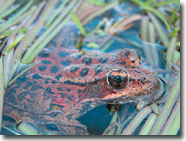
Publisher: USGS | Science Center: Upper Midwest Environmental Sciences Center (UMESC, LaCrosse) | Format: URL
www.umesc.usgs.gov — The Upper Mississippi River System has been highly modified for human use since the late 1800s. One effect of these modifications is that many side channels and backwaters are slowly filling with sediment. The Finger Lakes area of the Upper Mississippi River is a system of six connected backwater lakes just below Dam 4 near Kellogg, Minnesota. More...
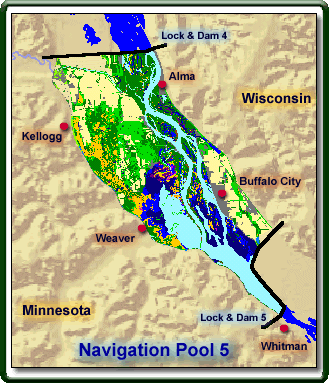
Publisher: USGS | Science Center: Western Fisheries Research Center (WFRC, Seattle) | Format: URL
wfrc.usgs.gov — Scientists at the Columbia River Research Laboratory and the Upper Midwest Environmental Sciences Center are developing geographic information system, or GIS, based tools to assist managers with making decisions regarding the natural resources in and around the John Day Reservoir. The reservoir hosts many species of fish and wildlife, including More...

Publisher: USGS | Science Center: Upper Midwest Environmental Sciences Center (UMESC, LaCrosse) | Format: URL
www.umesc.usgs.gov — This resource is a species profile and issue overview of the reed canary grass (Phalaris arundinacea). It discusses its increasingly dominating behavior in wet meadows in the Upper Midwest. Reed canary grass is highly tolerant to flooding, resistant to burning, and quickly forms virtual monocultures by shading native grasses and forbs with its More...
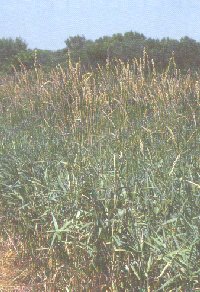
Publisher: USGS | Science Center: Northern Rocky Mountain Science Center (NRMSC, Bozeman) | Format: URL
www.nrmsc.usgs.gov — A study overview related to the role of the National Bison Range in the long-term management of Federal bison herds. This research will provide the data necessary to assess the impacts of management actions implemented under the new management plan, and examine the plan`s underlying assumptions regarding demographic responses of the Yellowstone More...
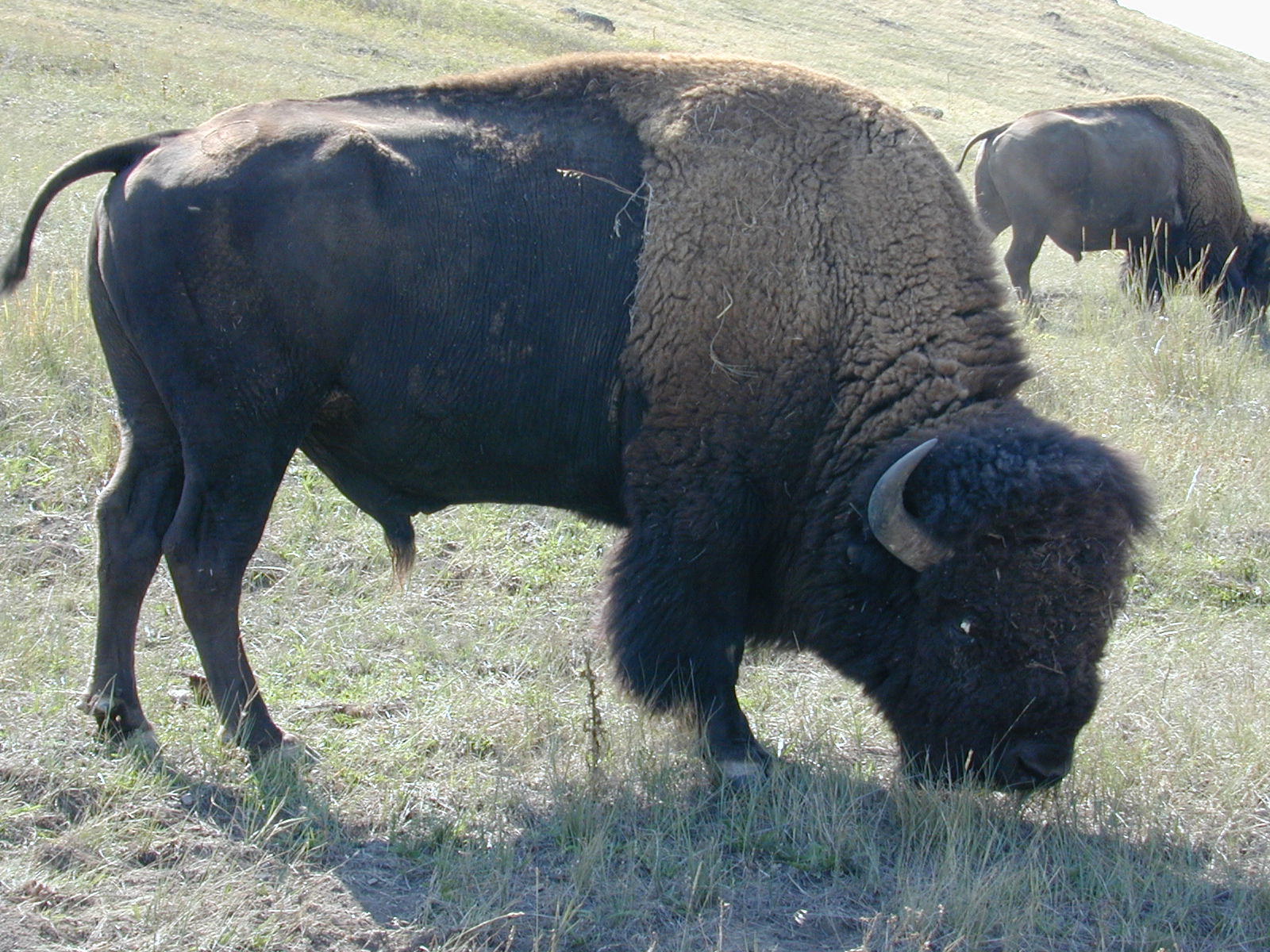
Publisher: USGS | Science Center: Fort Collins Science Center (FORT, Ft. Collins) | Format: .PDF
www.fort.usgs.gov — Migratory birds face many changes to the landscapes they traverse and the habitats they use. Wind turbines and communications towers, which pose hazards to birds and bats in flight, are being erected or proposed across the United States and offshore. Human activities can also destroy or threaten habitats critical to birds during migratory passage, More...
